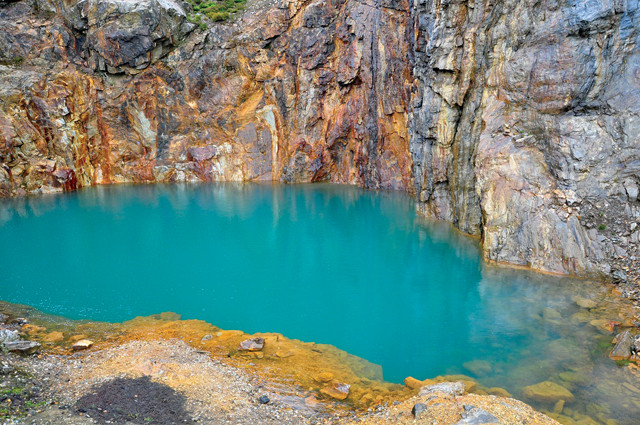
Chinese Manufacturers of Fly Ash for Concrete Production and Supply Solutions
Utilizing China Fly Ash in Concrete Manufacturing An Innovative Approach to Sustainable Construction
In recent years, the construction industry has witnessed a paradigm shift towards sustainable practices, driven by the need to minimize environmental impacts while maximizing efficiency. One of the most effective ways to achieve this is through the incorporation of industrial by-products, notably fly ash, into concrete production. China, being one of the largest producers of fly ash globally due to its robust coal-fired power generation sector, has emerged as a key player in the fly ash concrete market. This article explores the significance of fly ash, its benefits in concrete manufacturing, and the potential it holds for the future of sustainable construction.
Understanding Fly Ash
Fly ash is a fine powdery residue produced during the combustion of pulverized coal in power plants. Classified as a pozzolanic material, fly ash has the ability to react with lime and water to form compounds that contribute to the overall strength and durability of concrete. In China, where coal remains a primary energy source, millions of tons of fly ash are generated each year, presenting both an environmental challenge and an opportunity for innovation in construction materials.
Benefits of Incorporating Fly Ash in Concrete
1. Enhanced Durability Fly ash improves the long-term durability of concrete. Its pozzolanic properties contribute to a denser microstructure, reducing the permeability of concrete and protecting it from adverse environmental conditions such as freeze-thaw cycles and chemical attacks. This results in structures that are more resilient and require less maintenance over time.
2. Improved Workability The spherical shape of fly ash particles enhances the workability of concrete mixes. When incorporated into concrete, fly ash replaces a portion of cement, which not only reduces the water-to-cement ratio but also makes the concrete easier to mix, handle, and place. This improved workability can lead to better surface finishes and reduced labor costs on construction sites.
3. Reduction of Carbon Footprint The cement industry is a significant contributor to CO2 emissions, accounting for approximately 8% of global emissions. By substituting cement with fly ash in concrete production, manufacturers can substantially lower their carbon footprint. The use of fly ash not only recycles waste material but also reduces the overall demand for cement, promoting a circular economy in construction.
china fly ash in concrete manufacturer

4. Cost-Effectiveness Fly ash is often less expensive than traditional cement, providing a cost-effective solution for concrete manufacturers. The use of fly ash can lead to lower material costs while maintaining or improving the performance of concrete. This economic advantage makes fly ash an attractive alternative for builders and contractors, especially in large-scale projects.
5. Waste Management The utilization of fly ash in concrete helps address the waste disposal challenges faced by coal-fired power plants. By transforming this industrial by-product into a valuable resource, the construction industry can play a crucial role in promoting environmental sustainability and reducing landfill waste.
Challenges and Considerations
Despite its many benefits, the incorporation of fly ash in concrete is not without challenges. Variability in fly ash quality, depending on the source and combustion conditions, can affect the performance of concrete. Additionally, regulations around the use of fly ash in construction materials vary across regions, which may complicate standardization efforts.
To ensure the successful application of fly ash in concrete, manufacturers must conduct thorough testing and quality control procedures. This includes evaluating the chemical composition and physical properties of fly ash to determine its suitability for specific concrete applications. Furthermore, ongoing research and development are necessary to optimize fly ash blends and address existing challenges.
Conclusion
As global awareness of environmental issues continues to grow, the construction industry is under increasing pressure to adopt sustainable practices. The use of fly ash in concrete manufacturing represents a significant step toward achieving this goal. With its numerous benefits, including enhanced durability, improved workability, reduced carbon footprint, cost-effectiveness, and effective waste management, fly ash is poised to become a vital component in the future of sustainable construction, particularly in China. By embracing this innovative approach, the construction industry can contribute to a greener future while meeting the ever-increasing demands for infrastructure and development.
Share
-
Vermiculite Wholesale – Premium Quality, Bulk Supply & Competitive PricingNewsJun.10,2025
-
Premium Glass Pebbles Custom Glass Pebbles Factory & OEM Manufacturer Reliable Custom Glass Pebbles FactoriesNewsJun.10,2025
-
Expert Custom Zeolite Producers Manufacturers & FactoriesNewsJun.10,2025
-
Custom Glow in the Dark Beads High-Quality Custom ManufacturersNewsJun.10,2025
-
China Ceramsite Balls Factory - Lightweight & Durable Media Solutions ManufacturerNewsJun.09,2025
-
Custom Matte Mica Powder Manufacturers High Quality & AffordableNewsJun.09,2025






